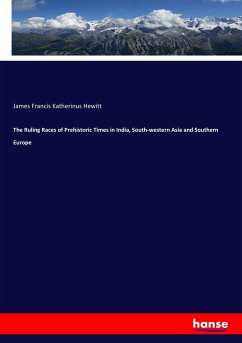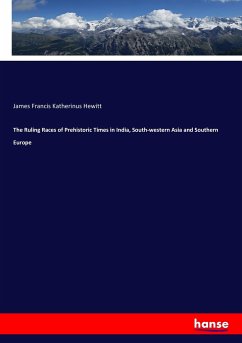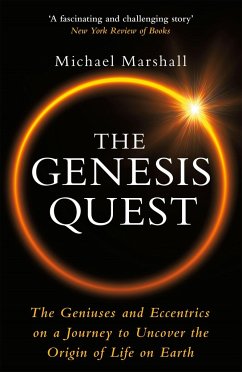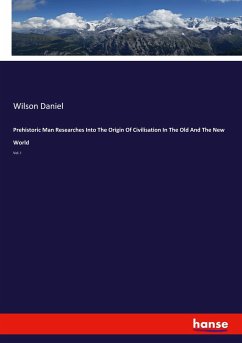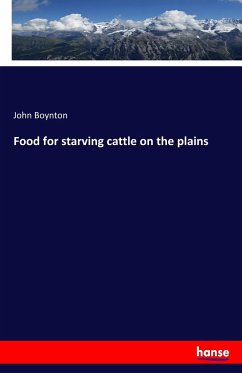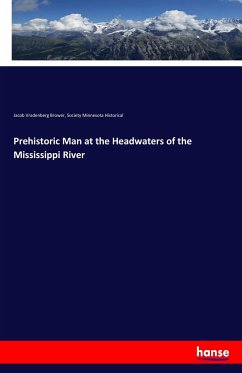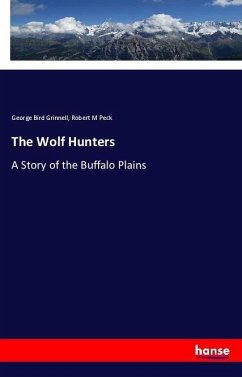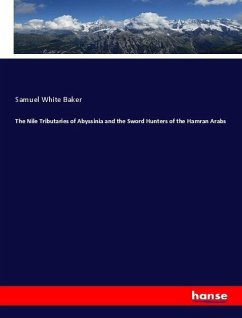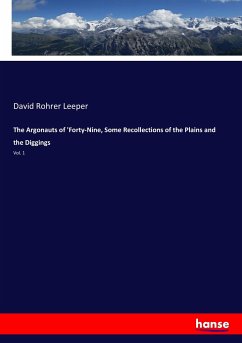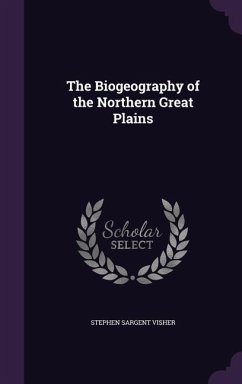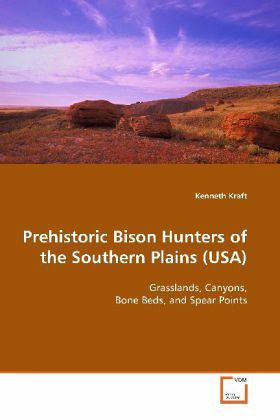
Prehistoric Bison Hunters of the Southern Plains (USA)
Grasslands, Canyons, Bone Beds, and Spear Points
Versandkostenfrei!
Versandfertig in 6-10 Tagen
52,99 €
inkl. MwSt.

PAYBACK Punkte
26 °P sammeln!
Bison as a food source for southern Plains cultures has fluxed through the millennia. The focus on bison is likely correlated to available forage. Environment-induced changes in herd size, structure and distribution led to changes in human predation. The Late Archaic saw the rise of a unique type of bison procurement, the arroyo trap. Traps were used for a relatively short period (150 BC to AD 350). Instead of leading herds over a precipice, herds were stampeded into dead-end canyons where they were assailed. These cooperative ventures are reflected in the bones removed from and the stones and...
Bison as a food source for southern Plains
cultures has fluxed through the millennia. The
focus on bison is likely correlated to available
forage. Environment-induced changes in herd size,
structure and distribution led to changes in human
predation. The Late Archaic saw the rise of a unique
type of bison procurement, the arroyo trap. Traps
were used for a relatively short period (150 BC to
AD 350). Instead of leading herds over a precipice,
herds were stampeded into dead-end canyons where
they were assailed. These cooperative ventures are
reflected in the bones removed from and the stones
and bones abandoned at the kill. The risk and energy
needed to exploit this resource transformed Late
Archaic hunter-gatherers from loosely affiliated
groups into a taskforce that assembled seasonally to
track, drive, kill, dismember, debone and transport
their quarry back to their individual kin groups.
This study should be useful to those interested in
Great Plains prehistory, applying hunter-gatherer
theory, or employing archaeological methods and
techniques used to excavate, analyze and interpret
skeletal remains associated with a catastrophic kill.
cultures has fluxed through the millennia. The
focus on bison is likely correlated to available
forage. Environment-induced changes in herd size,
structure and distribution led to changes in human
predation. The Late Archaic saw the rise of a unique
type of bison procurement, the arroyo trap. Traps
were used for a relatively short period (150 BC to
AD 350). Instead of leading herds over a precipice,
herds were stampeded into dead-end canyons where
they were assailed. These cooperative ventures are
reflected in the bones removed from and the stones
and bones abandoned at the kill. The risk and energy
needed to exploit this resource transformed Late
Archaic hunter-gatherers from loosely affiliated
groups into a taskforce that assembled seasonally to
track, drive, kill, dismember, debone and transport
their quarry back to their individual kin groups.
This study should be useful to those interested in
Great Plains prehistory, applying hunter-gatherer
theory, or employing archaeological methods and
techniques used to excavate, analyze and interpret
skeletal remains associated with a catastrophic kill.



